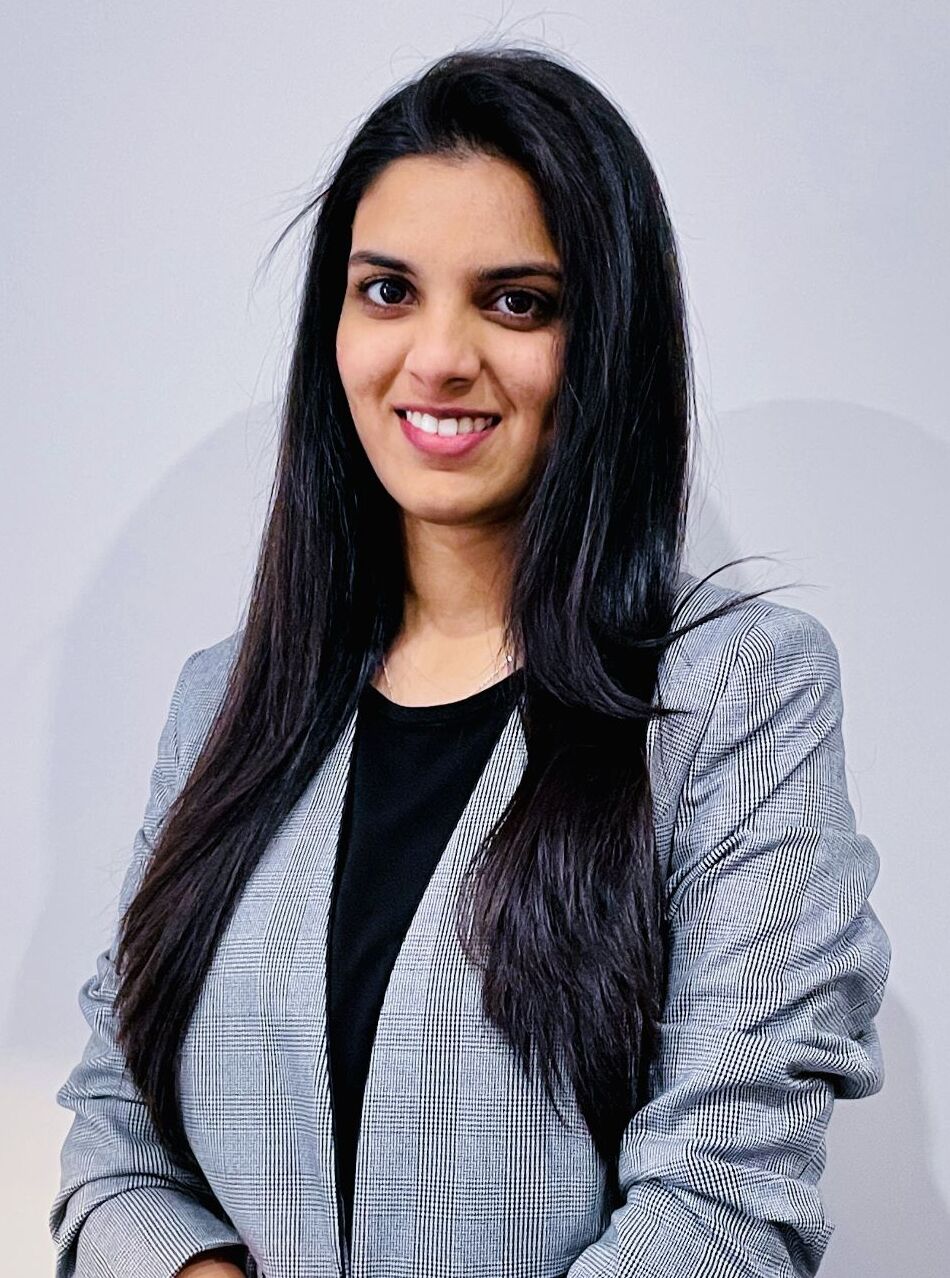As a community that is at the forefront of innovation and is constantly seeking tools that can elevate solutions, we know the importance of data and the power it holds along with the pivotal importance of the synergy between data and model development. Data, a critical asset in today’s digital age, drives informed decision making, strategic planning and can be leveraged by organizations to uncover insights, identify trends, and predict outcomes. Microsoft Fabric with its transformative potential of model development is one such product that is a powerful, cloud-based environment that integrates data analysis, data engineering, data science and machine learning capabilities, providing a platform for model development that involves creating, training and deploying machine learning models that enables users to build intelligent solutions and application that learn from the data, analyze the findings, make predictions and automate decision making processes.
Model development in Microsoft Fabric offers significant advantages through Intelligent automation, enhanced predictive capabilities, scalability and flexibility. These benefits streamline processes, improve accuracy and help predict growing needs. Fabric enables the automation of complex tasks, reducing manual efforts and enhancing efficiency. The predictive models developed with Fabric allows the software application to anticipate user requirements and behaviour, providing more personalized and responsive experiences, especially in applications such as recommendations engines and predictive maintenance tools.
Transitioning from other platforms, I have been thoroughly impressed with Microsoft Fabric capabilities, particularly in the realm of model development. One of the standout aspects of the platform is it’s seamless integration with various data sources and feature of shortcuts which acts as bookmarks to the predefined data connections that can easily access data from different sources without the need for repetitive configurations.
The core of my exploration has been the model development phase. The Microsoft fabric offers a powerful suite of machine learning tools integrated with Synapse. Utilising the built-in notebooks and preinstalled libraries like scikit learn, TensorFlow and PyTorch, means that one can dive straight into developing and training models without worrying about environment setup. The automated machine learning (AutoML) feature is one standout feature and a particular area of interest and importance, as it simplifies the model training process. By selecting the dataset and specifying target variables, the feature automates the process of model selection, hyperparameters tuning and validation, this not only expedited the model development process, but also ensures that one achieves high accuracy and performance with minimal manual intervention.
The platform’s ease to use, powerful processing tools and advanced machine learning capabilities makes the entire model development process smooth and efficient. Whether you are a seasoned data scientist or a novice user, model development in Microsoft Fabric is a game changer that empowers us as a community to create intelligent, scalable, and efficient solutions that enhance automation, improve predictive capabilities, and integrate seamlessly with the broader Microsoft ecosystem. By leveraging Fabric, one can transform projects, delivering smarter applications that meet the ever-evolving requirements of the users. I look forward to continuing my exploration and embracing the power of model development and explore the possibilities, innovate fearlessly, and let Fabric be the catalyst for creating the next generation of intelligent solutions.

 English | EN
English | EN 